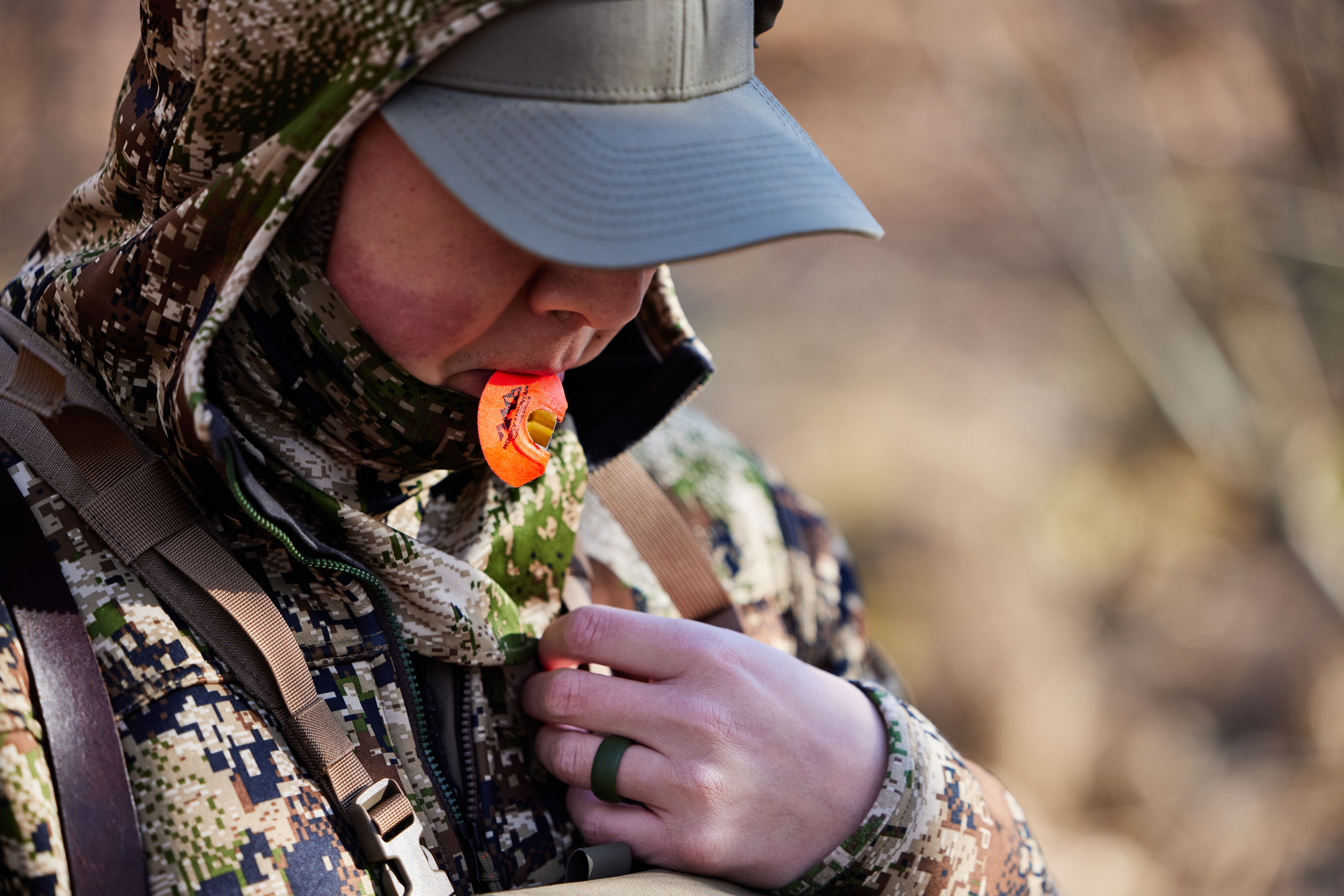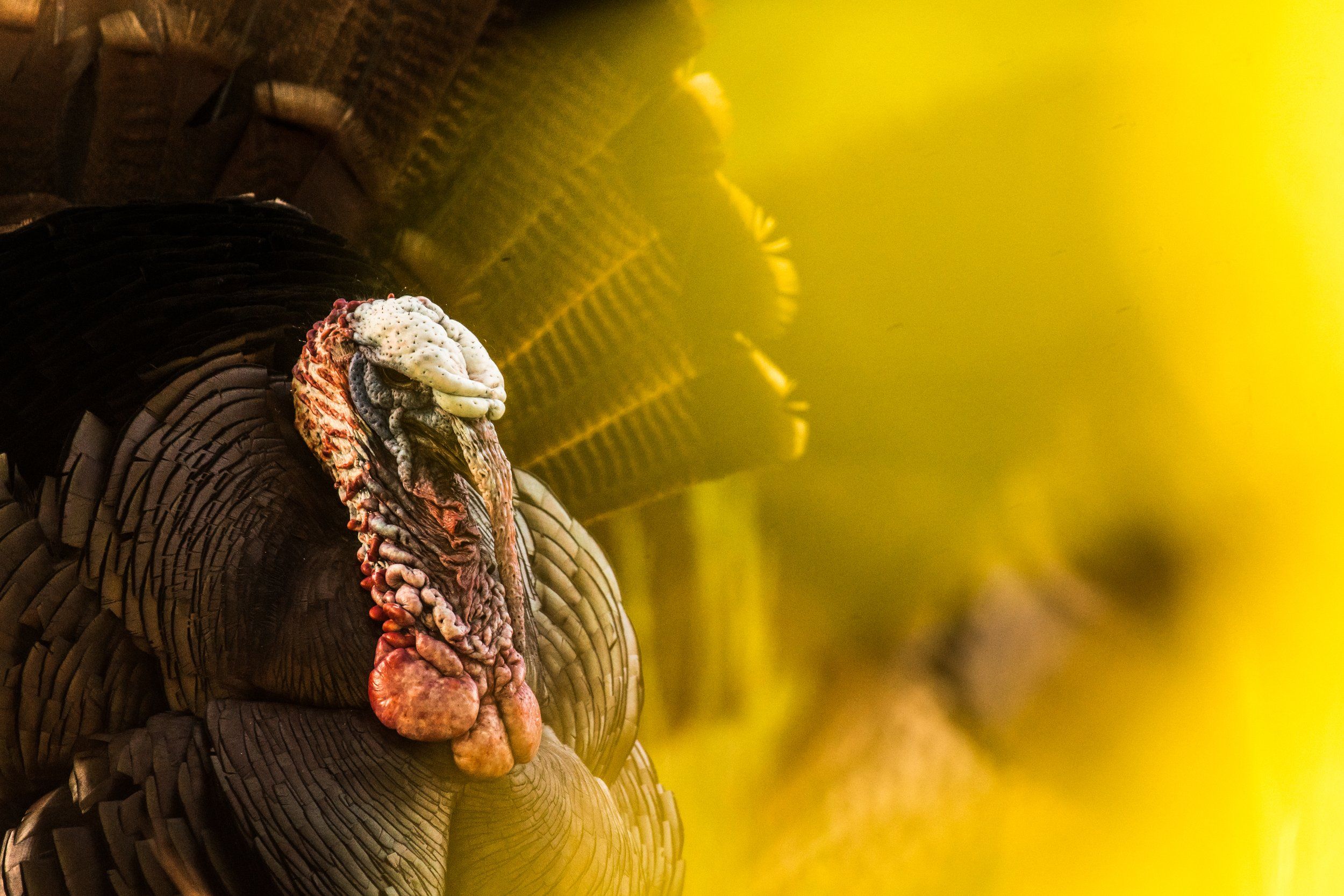Field Guide / Hunting Tips
How to Fire Up a Silent Spring Tom
Right before sunrise, gobblers get excited. They're very vocal on the roost and after fly down. It's like when the lights go out at a pro basketball game, the music begins to pump, and the announcer bellows the starting lineup to a hyped-up crowd.
Previous in Hunting Tips
More Content Like This
The HuntWise Turkey Hunting Guide
To a hunter, spring is all about the sound of a gobbling turkey or a tom in full strut coming into your calls. When spring arrives, hunters brush off the winter lull and prep for another season of hunting. Read More
Read More
When Is California Turkey Season?
From the fresh, high-altitude air of the Sierra Nevadas to the relaxed coastal forests of Los Padres, Californian turkey hunting offers something for every type of turkey hunter. Read More
Read More
Turkey Talk: Osceola, Merriam's, and Heritage Turkey
While the Eastern turkey may be the most famous, true turkey hunters know that the variety of types and the unique blend of challenges and rewards of each breed make turkey hunting one of the most exciting and respected cultural traditions in the U.S...Read More
Read More Turkey
TurkeyThe HuntWise Turkey Hunting Guide
To a hunter, spring is all about the sound of a gobbling turkey or a tom in full strut coming into your calls. When spring arrives, hunters brush off the winter lull and prep for another season of hunting. Read More
Read More Turkey
TurkeyWhen Is California Turkey Season?
From the fresh, high-altitude air of the Sierra Nevadas to the relaxed coastal forests of Los Padres, Californian turkey hunting offers something for every type of turkey hunter. Read More
Read More Turkey
TurkeyTurkey Talk: Osceola, Merriam's, and Heritage Turkey
While the Eastern turkey may be the most famous, true turkey hunters know that the variety of types and the unique blend of challenges and rewards of each breed make turkey hunting one of the most exciting and respected cultural traditions in the U.S...Read More
Read More
1 of 3